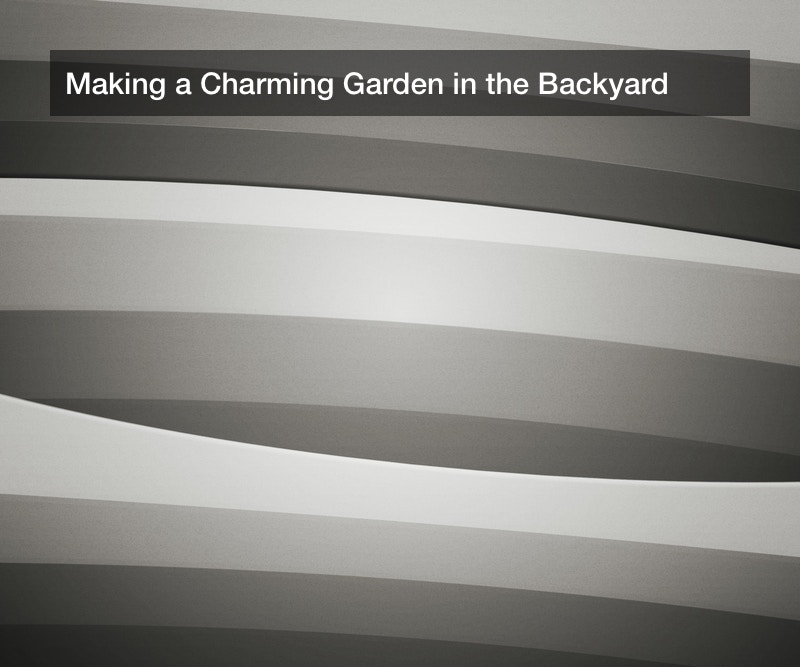
When it comes to maintaining the health and beauty of your trees, a reliable tree service company is essential. These professionals are trained to handle a variety of tasks, from routine maintenance to more complex tree care needs. One of the most important aspects of tree care is knowing the right time for pruning season. Pruning is vital for maintaining the tree’s health, encouraging growth, and removing dead or diseased branches. Understanding the ideal time for pruning—depending on the tree type and climate—ensures optimal results.
Routine tree maintenance includes regular inspections, trimming, and care to keep your trees healthy year-round. A good tree service company will monitor your trees for signs of pests, disease, or structural issues and take action as needed to prevent long-term damage. Limbing up trees is another common service that removes lower branches to improve the tree’s shape and structure, or to create more clearance for pathways and structures. This technique also helps increase airflow and sunlight penetration, which can benefit tree health.
For homeowners looking to enhance their landscape, residential tree pruning is an important task. Proper pruning not only improves the tree’s appearance but also reduces the risk of damage from broken limbs or overgrowth. A professional tree service company will ensure your trees are pruned with care, enhancing both their longevity and aesthetic appeal.
Many homeowners report in surveys that they like to spend a lot of time in their front or back yards, so this means landscaping is a must. Landscaping is the act of making a piece of land more attractive and/or useful, and it’s split into two general arenas: hardscaping and greenscaping. Hardscaping involves the likes of installing a swimming pool or wooden deck, while greenscaping involves yard gardens, planting trees and shrubs, and revitalizing the grass. Garden stores and garden centers are a great place for ant homeowner to find what they need for a home garden project, and plant nurseries have a huge variety of flowers ready for transplanting into a home garden. What else might a homeowner find at local garden centers for their new project? And is this a good investment?
Americans and Home Gardens
Good news: visiting garden centers to make a home garden isn’t just fun, it’s a smart investment, and a popular one too. There are all kinds of ways to boost a property’s value and appeal on the real estate marketing, and this includes landscaping work for both yards. Statistics say that investing just 5% of the property’s value in landscaping can yield a ROI (return on investment) as high as 150%, and a well-tended front and back yard will make a great impression on home buyers. Especially on those who themselves have a green thumb. As of 2017, meanwhile, around 117.6 million Americans did gardening of some kind within the past 12 months, and the American home and garden market was worth nearly $272 billion in 2017. In general, it is older Americans who enjoy this hobby the most, though younger homeowners are also showing an interest and make up a sizeable percentage of all home garden enthusiasts.
Making a Garden
There are many variables and details involved in making a successful home garden, owing to the huge variety of plants and soil types out there. In general, garden centers are a good place to start, since they have everything from seed packets and potted plants to bags of fertilizer, garden tools, and even decorations such as bird baths. Someone who is getting into gardening for the first time can consult the staff for advice on all of this, to make sure their garden is off to a good start.
<
Where to place a garden? Factors such as soil type and sunlight are essential: while some flowers only need partial sun or shade to do well, vegetables need strong, constant sunlight all day. A vegetable patch shouldn’t be in the shade of a house or tree, but instead, out in the open. Some soil might be too hard or dry for certain plants, and some plants require different fertilizer or amounts of water. Garden center staff can help with this, and seed packets should also explain the needs of the plants that will grow from those seeds. Be aware that it’s possible to over-water plants; they can drown, so a home gardener should only water them on a schedule or anytime the plants stay wilted for two or more days in a row. Some plants appear wilted in the sun, but rejuvenate themselves in the evening, and thus don’t need extra watering. Speaking of water, the home gardener must make sure their garden is within convenient reach of their hose, or not too far from their watering can.
A garden needs some safety measures, too, since wild animals will want to eat vegetables. Rabbits and gophers are common problems, and rabbits can be kept away if the back yard’s fence has no holes or gaps in it. The homeowner can inspect their fence before creating their garden. In other cases, the homeowner can set up chicken wire fences around the garden to block rabbits from reaching the plants. As for gophers, it is often illegal to try and kill them, but homeowners can install underground metal meshes that block the gophers from reaching the garden. Or, they can install underground sound emitters that scare them off. Pesticide use is not a good idea; instead, the homeowner should welcome spiders and bats into their garden, since these animals will catch and eat pest insects of all kinds.
